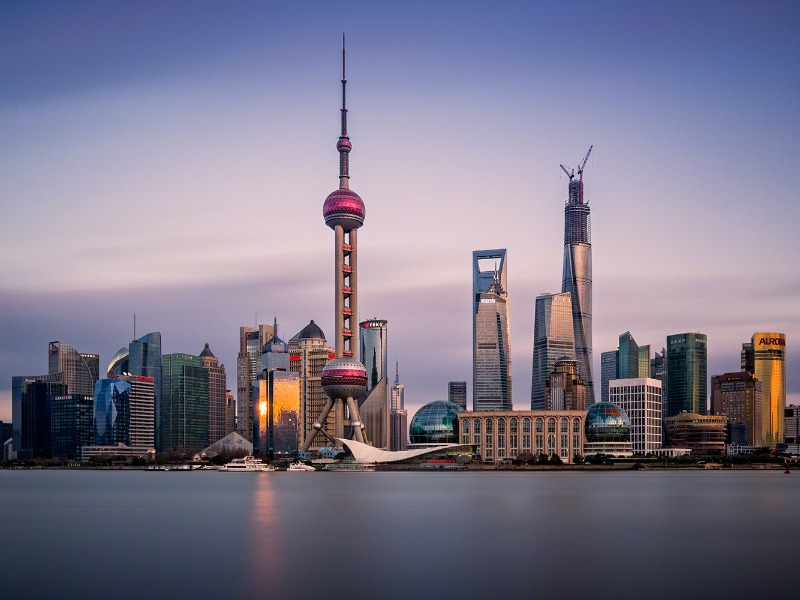Greg Paull 01 Apr 2019 // 12:52AM GMT

The increasingly fluid boundaries between PR and marketing have extended responsibility on the client side and made it more complex. PR agencies need to prove their ability to deliver diversified services that go beyond traditional communications, and though this trend is occurring worldwide, in a market like China, which is at the heart of digital transformation, digital-first strategies and switched-on local talent is essential.
In R3’s fifth annual study of PR agencies in China, more than half of the 152 marketers interviewed were involved in social communications, event/BTL marketing, advertising and digital marketing. One-third of the group had responsibilities in media planning and buying. In addition, over 40% of the PR agencies engaged by the marketers are now in charge of KOL management and social-related work as well as traditional PR services.
67.6% isn’t such a bad number when we talk about the percentage of marketers currently happy with their PR agency relationships. What is alarming is that this marks a slight decrease from 2017 and that the percentage of “indifferent” responses increased by 10%. Beyond overall performance, the average mentions of PR specialty decreased, which suggests a lack of notable advantages on performance. Compared to other types of agencies, only media agencies received a lower satisfaction rating when compared to PR agencies.
In light of this information, what should US companies be doing to get the most out of their PR agency relationships in China?
Agency selection: Local or global?
As part of the initial agency screening process, marketers usually identify agencies based on recommendations and previous experience. This approach opens the selection process to undue bias and leads to a gap between perception and actual agency performance.
In an assessment of the strengths and capabilities of local and global PR agencies in China, multinational PR agencies rated as better performing than local agencies, though upon further analysis, local agencies scored higher in digital engagement.
The ability for global agencies to provide better account management and greater contribution to overall business growth is a testament to skills promoted through global corporate culture. For companies looking for results in conversion and engagement, local agencies perform much better in the areas of KOL management (+4%), roadshow activation (+6.8%) and digital engagement (+4.5%). Their on-the-ground mentality also enables them to better optimize technology (+4%) and form strategies based on consumer behavior in China (+4.6%).
Determine if collaboration is a solution
It is a good rule of thumb for marketers to conduct due diligence on PR agency offerings and the overall agency team. However, in China, where a fragmented media space provides unlimited channels for communication, it is expected that PR agencies develop specializations in different areas. Insight from R3’s China PR Scope Report reveals that though PR agencies are highly regarded in content (23.7%) and media management (17.8%), they are not particularly strong in KOL and celebrity engagement (3.9% and 1.3%).
When a single agency partnership is not realistic, assembling a team of agencies to leverage different areas of specialization can be an effective solution. While there are many available resources in the market, only a very limited number of PR services are of high quality, with enormous competition from various types of agencies and clients. By using a third-party consultant with real-time knowledge on various agency offerings, including their specialties and agency teams, marketers can better identify, evaluate and position agencies to best meet their needs.
Set standards of performance
As the entertainment market is becoming more dynamic, providing brands with more opportunities to invest, measuring effectiveness and evaluating ROI becomes a challenge as there is no established standard for these communication equities. Marketers need to turn the tactic of riding a hot trend into a more strategic approach to form stable brand connections with target audiences.
An example is within the realm of KOL and celebrity endorsements, ranked as the most important and effective communication approach in China, bypassing traditional content and news in terms of impact. Though the medium for engagement is extremely popular, half of the marketers interviewed judge the effectiveness of KOL and celebrity engagement through market feedback and internal assessments, with two-thirds not using data at all to evaluate the impact of celebrity endorsement and sponsorship.
There is increased pressure on PR agencies in China to provide measurement of actual conversion, PV/Click/Engagement reports are demanded by 88.8% of marketers interviewed, a near three-fold increase since 2017. Regardless, accuracy and reliability of data remains an issue, and marketers would be advised to work with independent partners to establish the evaluation criteria as to what constitutes engagement and conversion and set up an evaluation. This, in turn, will help marketers make judgments based on a complete information matrix.
Greg Paull is co-founder and principal at R3.


































.jpg)





.tmb-135x100.jpg)











